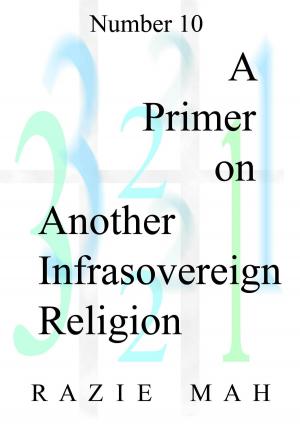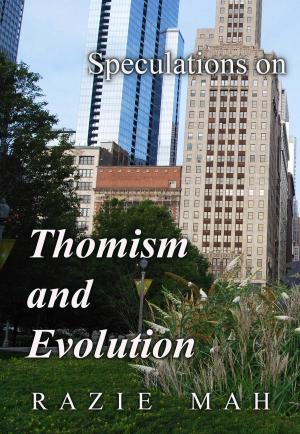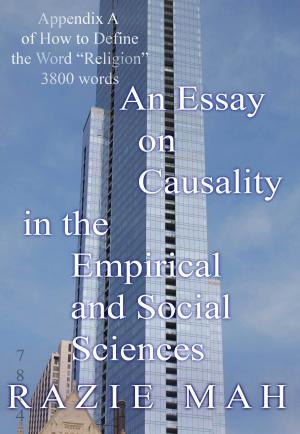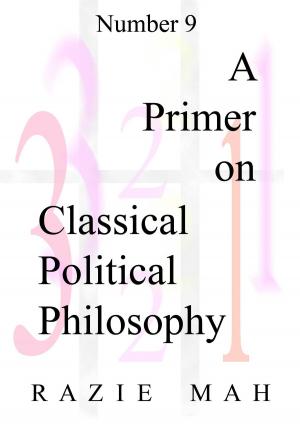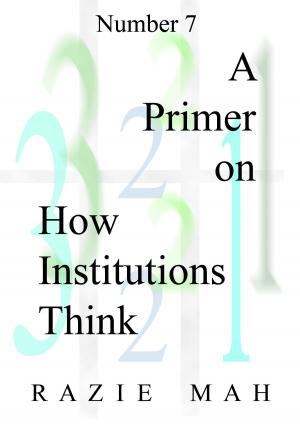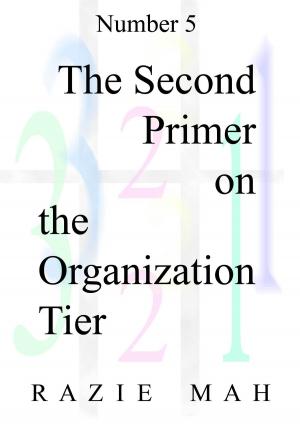Comments on Fr. Dan Pattee’s Essay (2016) Social Justice and Catholic Social Thought
Nonfiction, Reference & Language, Education & Teaching, Religion & Spirituality, Philosophy| Author: | Razie Mah | ISBN: | 9781942824275 |
| Publisher: | Razie Mah | Publication: | November 19, 2016 |
| Imprint: | Smashwords Edition | Language: | English |
| Author: | Razie Mah |
| ISBN: | 9781942824275 |
| Publisher: | Razie Mah |
| Publication: | November 19, 2016 |
| Imprint: | Smashwords Edition |
| Language: | English |
Father Dan Pattee, T.O.R., writes an essay on how the meaning of the term “social justice” changed over the past century. The phrase refers to “legal justice” in papal documents. However, the term expands to include commutative and distributive justice in late modern post-religious writings. Well, that’s to start.
These comments rely on the category-based nested form to diagram the relational structure of both virtue and institutions. This provides a frame for appreciating historical changes in the term “social justice”.
Moderns pose these questions: What suprasovereign religion will replace Christianity? What political system will substitute for Christendom?
Answers identify virtue with sanity (that is, sensible thought), allowing corporate institutions to be confounded with personal virtue. Organizational objectives determine the habits of good behavior. Institutional righteousness mixes with the cultivation of well-being.
In contrast to the modern question, papal documents address an ancient one: What is the best political system?
Classical philosophers concluded that the best political system is the one that produces the most virtuous citizens. Here, virtue is decided not by political institutions, but by divine guidance. Historically, Christendom (inadvertently) solved the classical question by containing both a suprasovereign religion and diverse infrasovereign institutions.
These institutions did not define virtue. Instead, institutions helped people to be virtuous.
Consequently, both modern thinkers and Catholic popes use the term “social justice” in completely different ways.
This is one of several conclusions appearing in these comments on the relational logic inherent in Fr. Dan Pattee’s excellent article.
Father Dan Pattee, T.O.R., writes an essay on how the meaning of the term “social justice” changed over the past century. The phrase refers to “legal justice” in papal documents. However, the term expands to include commutative and distributive justice in late modern post-religious writings. Well, that’s to start.
These comments rely on the category-based nested form to diagram the relational structure of both virtue and institutions. This provides a frame for appreciating historical changes in the term “social justice”.
Moderns pose these questions: What suprasovereign religion will replace Christianity? What political system will substitute for Christendom?
Answers identify virtue with sanity (that is, sensible thought), allowing corporate institutions to be confounded with personal virtue. Organizational objectives determine the habits of good behavior. Institutional righteousness mixes with the cultivation of well-being.
In contrast to the modern question, papal documents address an ancient one: What is the best political system?
Classical philosophers concluded that the best political system is the one that produces the most virtuous citizens. Here, virtue is decided not by political institutions, but by divine guidance. Historically, Christendom (inadvertently) solved the classical question by containing both a suprasovereign religion and diverse infrasovereign institutions.
These institutions did not define virtue. Instead, institutions helped people to be virtuous.
Consequently, both modern thinkers and Catholic popes use the term “social justice” in completely different ways.
This is one of several conclusions appearing in these comments on the relational logic inherent in Fr. Dan Pattee’s excellent article.


